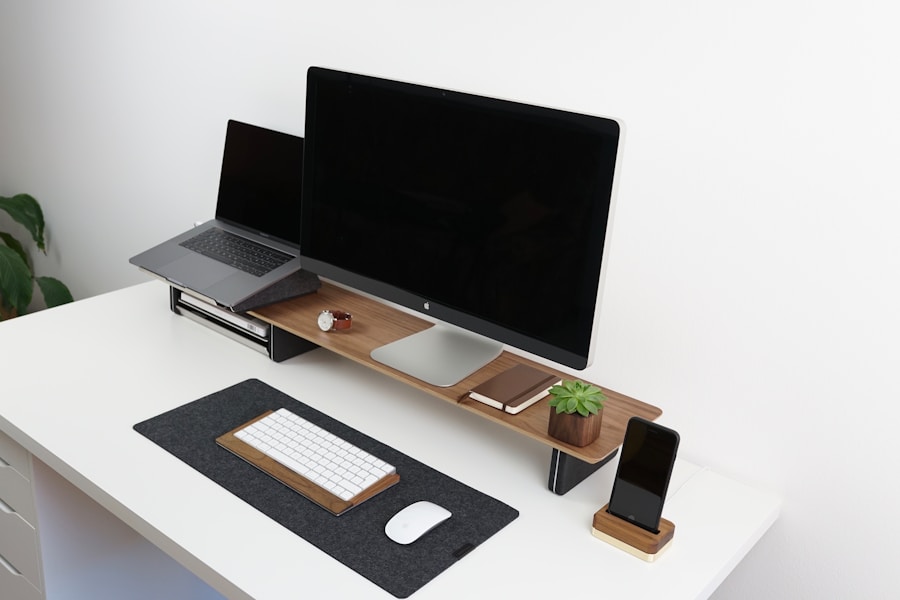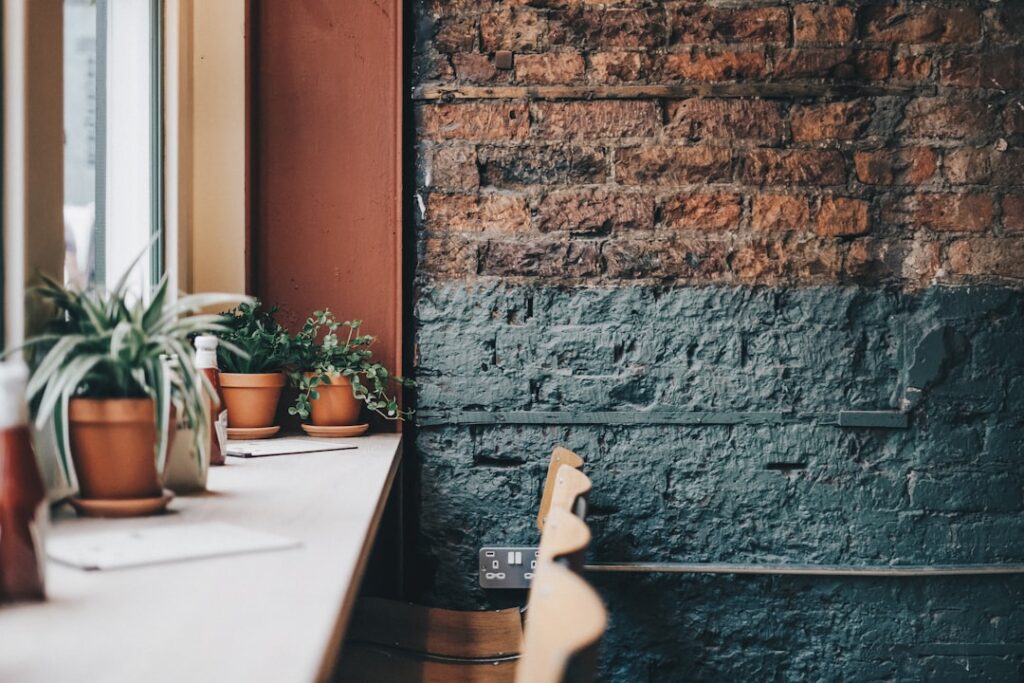The landscape of office furniture has undergone a significant transformation over the past few decades, evolving from traditional, rigid designs to more dynamic and versatile options that cater to the needs of contemporary work environments. Modern office furniture is characterized by its sleek lines, innovative materials, and a focus on functionality that aligns with the demands of today’s workforce. This shift reflects broader changes in work culture, where flexibility, collaboration, and employee well-being have become paramount.
As businesses strive to create environments that foster creativity and productivity, the choice of office furniture plays a crucial role in shaping the overall atmosphere. Modern office furniture encompasses a wide range of items, including desks, chairs, storage solutions, and collaborative spaces. These pieces are often designed with ergonomics in mind, ensuring that they not only look good but also support the health and comfort of employees.
The integration of technology into furniture design has also become a hallmark of modern office solutions, with features such as built-in charging stations and adjustable height desks becoming increasingly common. As organizations recognize the importance of creating an inviting and efficient workspace, the demand for modern office furniture continues to rise.
Key Takeaways
- Modern office furniture is designed to be sleek, functional, and stylish, creating a contemporary and professional workspace.
- Benefits of modern office furniture include improved productivity, comfort, and aesthetics, as well as the ability to maximize space and promote collaboration.
- When choosing modern furniture for your office space, consider factors such as size, layout, functionality, and overall design aesthetic.
- Tips for incorporating modern furniture into your existing office design include mixing and matching pieces, utilizing multifunctional furniture, and incorporating pops of color or unique design elements.
- Popular trends in modern office furniture include ergonomic chairs, standing desks, modular workstations, and eco-friendly materials, reflecting a focus on comfort, flexibility, and sustainability.
Benefits of Modern Office Furniture
Enhancing Productivity through Ergonomic Design
Ergonomically designed and desks can significantly reduce discomfort and fatigue, allowing employees to focus on their tasks without the distraction of physical strain. For instance, adjustable desks allow workers to alternate between sitting and standing throughout the day, promoting better posture and reducing the risk of musculoskeletal disorders.
Fostering a Culture of Health and Collaboration
This adaptability not only contributes to individual well-being but also fosters a culture of health within the workplace. In addition to promoting health, modern office furniture also encourages collaboration and communication among team members. Open-plan layouts, often furnished with modular seating arrangements and communal tables, facilitate spontaneous interactions and brainstorming sessions.
Breaking Down Barriers through Technology Integration
This design approach breaks down traditional barriers associated with cubicles and closed offices, creating an environment where ideas can flow freely. Furthermore, modern furniture often incorporates technology seamlessly, allowing for easy connectivity and collaboration through shared screens and integrated audio-visual systems. This synergy between design and functionality is essential for fostering a collaborative work culture.
Choosing the Right Modern Furniture for Your Office Space

Selecting the appropriate modern furniture for an office space requires careful consideration of several factors, including the size of the area, the nature of the work being performed, and the overall aesthetic desired. For smaller offices, space-saving solutions such as foldable desks or multi-functional furniture can maximize utility without compromising style. Conversely, larger spaces may benefit from more substantial pieces that create distinct zones for different activities, such as quiet work areas or collaborative hubs.
Another critical aspect to consider is the specific needs of employees. Different roles may require different types of furniture; for example, creative teams might thrive in an environment with flexible seating arrangements that encourage movement and interaction, while finance departments may prefer more traditional setups that promote focus and concentration. Additionally, incorporating elements that reflect the company’s brand identity can enhance employee morale and create a cohesive atmosphere.
Color schemes, materials, and design styles should align with the organization’s values and mission to create a sense of belonging among employees.
Tips for Incorporating Modern Furniture into Your Existing Office Design
Integrating modern furniture into an existing office design can be a rewarding endeavor that revitalizes the workspace without necessitating a complete overhaul. One effective strategy is to identify key areas that require improvement or updating. For instance, if certain sections of the office feel cramped or uninspiring, introducing modern furniture pieces that promote openness—such as glass partitions or modular seating—can create a more inviting atmosphere.
Another approach is to blend modern elements with existing decor to create a harmonious balance between old and new. This can be achieved by selecting modern furniture that complements the existing color palette or architectural features of the office. For example, if the office has classic wooden beams or vintage fixtures, pairing them with sleek metal desks or contemporary chairs can create an interesting juxtaposition that enhances the overall aesthetic.
Additionally, incorporating greenery through planters or living walls can further bridge the gap between modernity and tradition while improving air quality and employee well-being.
Popular Trends in Modern Office Furniture
The world of modern office furniture is constantly evolving, with new trends emerging that reflect changing work habits and technological advancements. One notable trend is the rise of biophilic design, which emphasizes the connection between nature and the workplace. This approach often includes natural materials such as wood and stone, as well as elements like indoor plants and natural light sources.
Furniture designed with biophilic principles not only enhances aesthetics but also contributes to employee well-being by reducing stress levels and increasing productivity. Another significant trend is the emphasis on sustainability in furniture design. As environmental concerns become more pressing, many manufacturers are prioritizing eco-friendly materials and production processes.
This includes using recycled materials, non-toxic finishes, and sustainable sourcing practices. Companies are increasingly seeking out furniture that reflects their commitment to sustainability, which not only benefits the planet but also resonates with environmentally conscious employees. The integration of technology into furniture design is also noteworthy; smart desks equipped with sensors that monitor posture or productivity are becoming more prevalent in modern offices.
Creating a Functional and Stylish Workspace with Modern Furniture

Creating Zones for Productivity
Creating designated areas for focused work, collaboration, and relaxation can help employees transition between tasks seamlessly.
Optimizing Space with Multifunctional Pieces
Utilizing modern furniture that serves multiple purposes—such as lounge chairs that double as informal meeting spaces—can optimize space while maintaining a stylish appearance. Incorporating technology into the workspace is another essential aspect of creating a functional environment. Modern office furniture often includes built-in features such as power outlets, USB ports, and cable management systems that keep workspaces organized and clutter-free.
Fostering Collaboration and Creativity
Additionally, integrating collaborative tools like whiteboards or interactive screens into communal areas encourages teamwork and creativity. By thoughtfully combining functionality with style, businesses can create an office environment that not only looks good but also enhances employee performance.
Budget-Friendly Options for Updating Your Office with Modern Furniture
Updating an office with modern furniture does not have to break the bank; there are numerous budget-friendly options available that can still provide a fresh look and improved functionality. One effective strategy is to explore second-hand or refurbished furniture options. Many companies specialize in refurbishing high-quality office pieces that retain their durability while offering a contemporary aesthetic at a fraction of the cost of new items.
This approach not only saves money but also promotes sustainability by reducing waste. Another cost-effective option is to prioritize key pieces rather than overhauling the entire office at once. Investing in essential items such as ergonomic chairs or adjustable desks can have an immediate impact on employee comfort and productivity without requiring a complete redesign.
Additionally, incorporating accessories like colorful cushions or artwork can refresh the space without significant expenditure. By strategically selecting which elements to update first, businesses can gradually transform their office environment while staying within budget constraints.
Maintenance and Care for Modern Office Furniture
Proper maintenance and care are crucial for ensuring the longevity of modern office furniture. Regular cleaning routines should be established based on the materials used in each piece; for instance, wooden surfaces may require specific cleaning products to avoid damage while metal or plastic components might need different care methods. It’s essential to follow manufacturer guidelines for cleaning to prevent voiding warranties or causing unintentional harm.
In addition to routine cleaning, periodic inspections should be conducted to identify any wear or damage early on. Tightening screws on chairs or desks can prevent wobbling or instability over time. For upholstered items, regular vacuuming can help maintain appearance while preventing dust accumulation.
By investing time in maintenance practices, businesses can ensure their modern office furniture remains functional and visually appealing for years to come, ultimately contributing to a positive work environment for employees.
If you are looking to create a stylish office interior decor, you may want to consider incorporating modern furniture for office spaces. One article that provides insight into this topic is Stylish Office Chairs in Dubai. This article discusses the importance of choosing the right office chairs to complement your modern furniture and create a cohesive and functional workspace. By combining modern executive desks and stylish office chairs, you can achieve the ultimate luxury office interior design.
FAQs
What is modern furniture for office?
Modern furniture for office refers to contemporary and stylish furniture designed specifically for use in office spaces. It often features sleek lines, minimalistic designs, and innovative materials.
What are the benefits of modern furniture for office?
Modern office furniture is designed to be functional, comfortable, and aesthetically pleasing. It can help create a professional and productive work environment, while also reflecting a company’s modern and forward-thinking image.
What are some common features of modern office furniture?
Common features of modern office furniture include ergonomic designs, adjustable components, modular configurations, and integrated technology solutions. It often prioritizes comfort, flexibility, and efficiency.
What materials are commonly used in modern office furniture?
Modern office furniture often incorporates materials such as glass, metal, wood, and plastic. These materials are chosen for their durability, versatility, and contemporary aesthetic.
How can modern office furniture contribute to a productive work environment?
Modern office furniture is designed to optimize space, promote collaboration, and enhance comfort. By providing ergonomic support and functional workstations, it can contribute to a more efficient and productive work environment.


